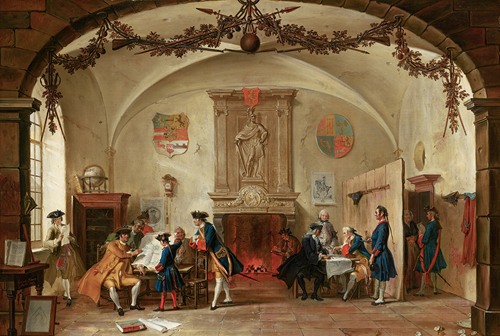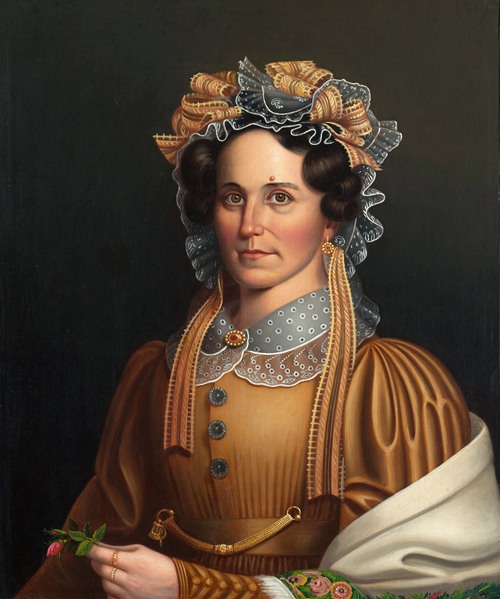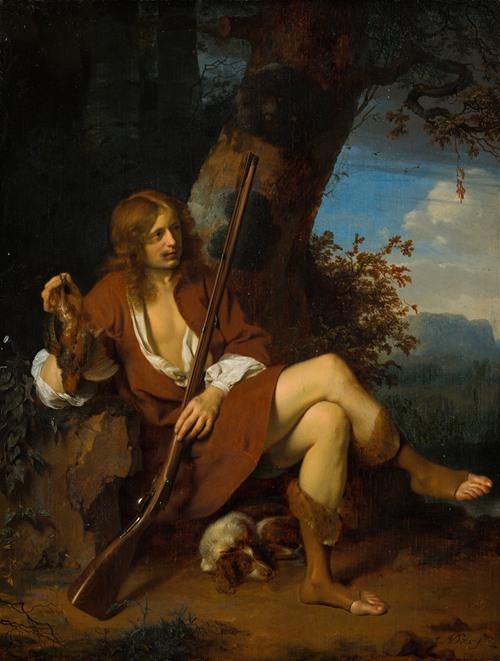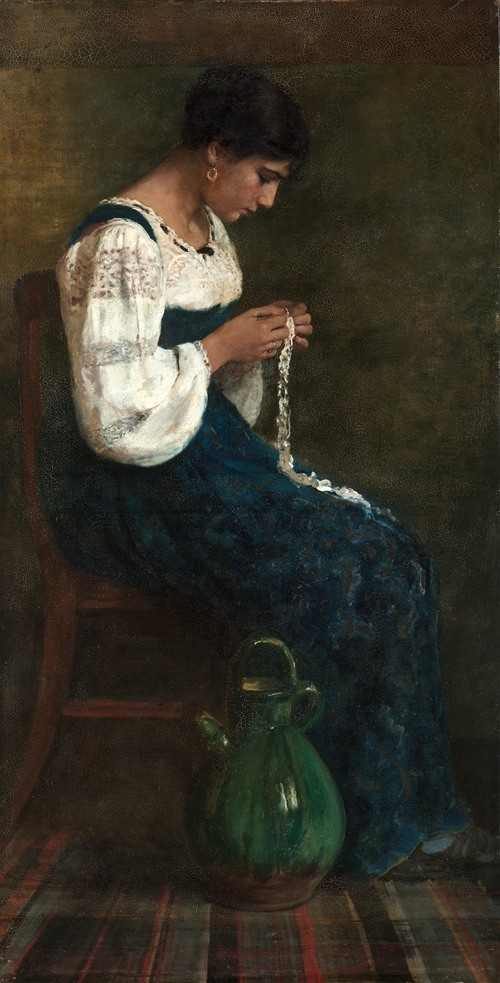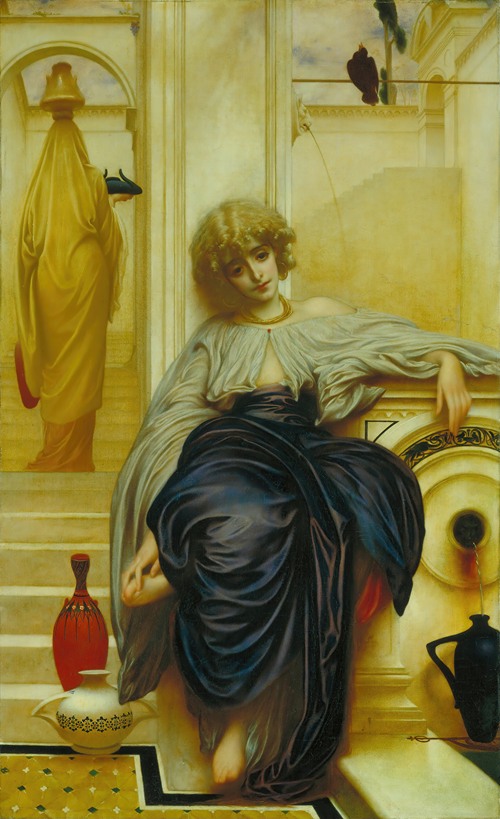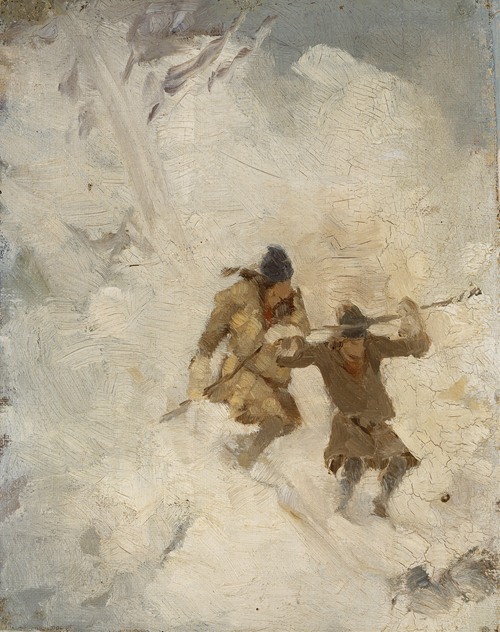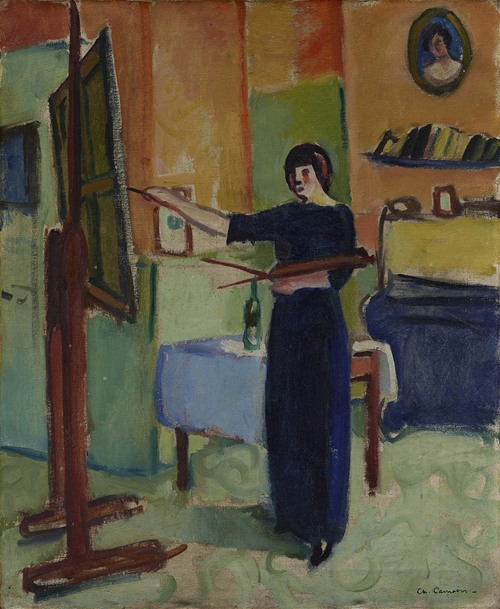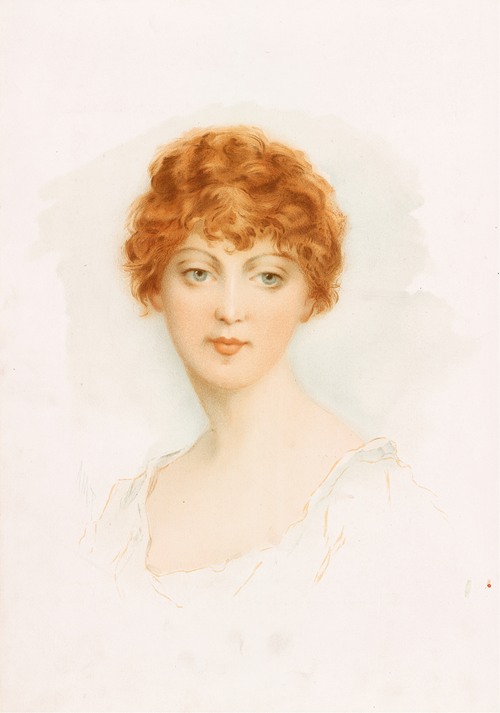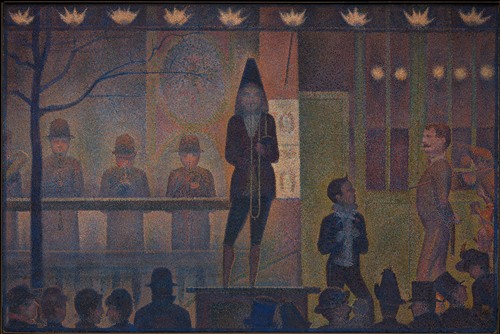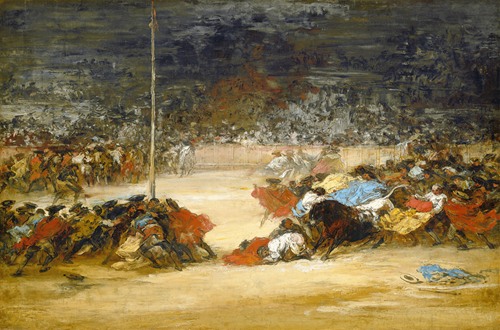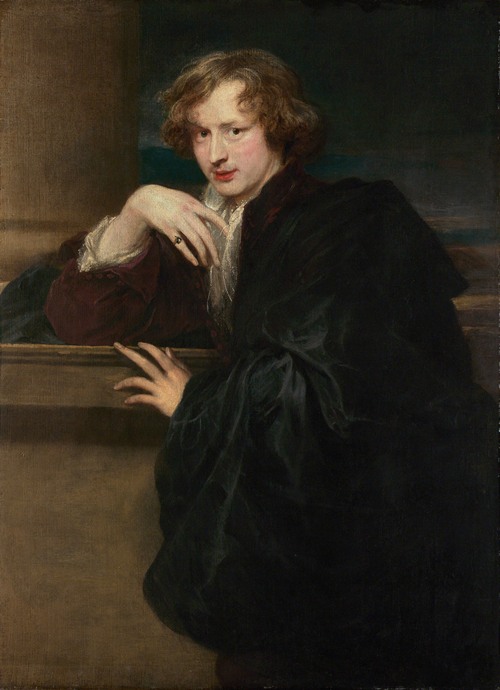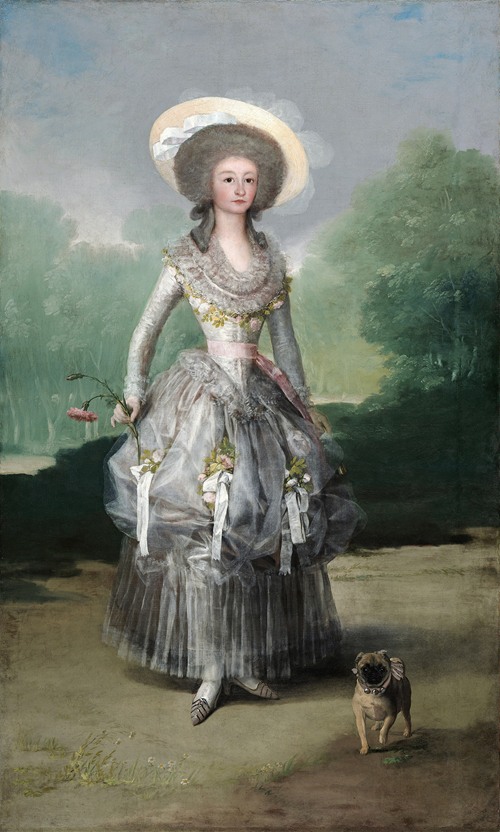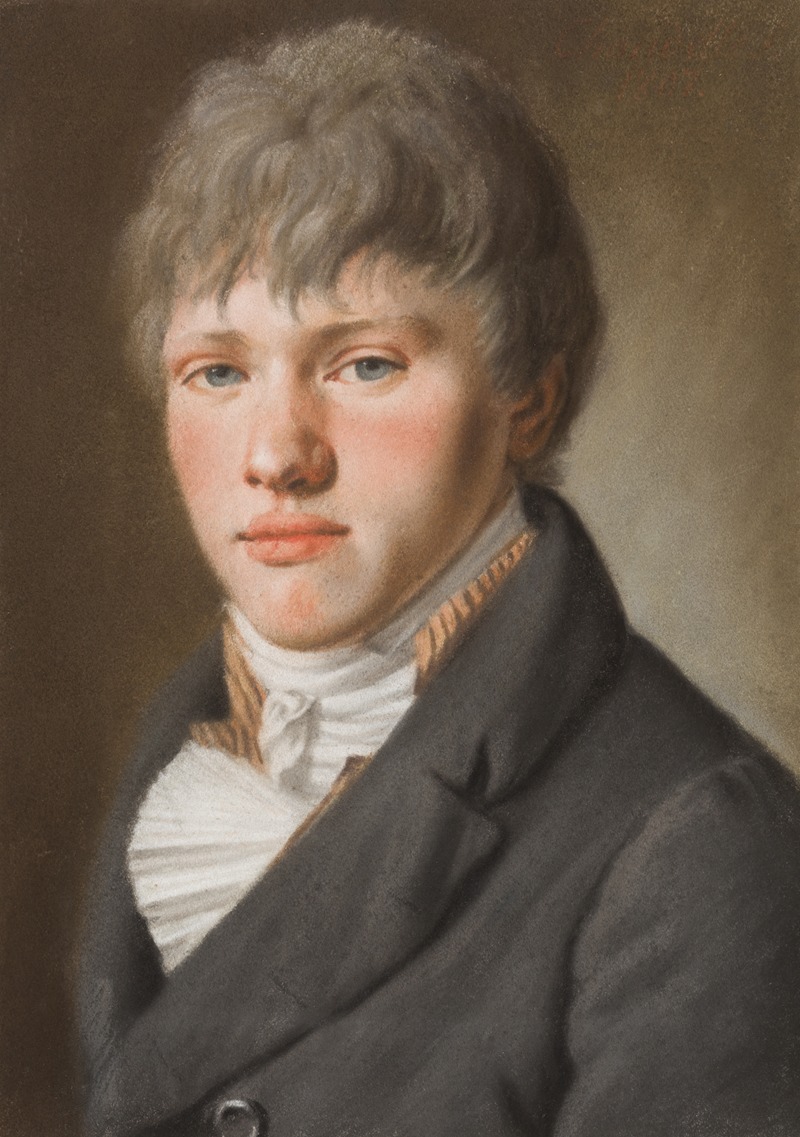
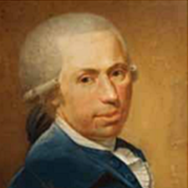
Andreas Joseph Chandelle was a civil servant of the Imperial Imperial Post Office and the Thurn-und-Taxis Post Office, pastel painter and art collector.
Andreas Joseph Chandelle was the son of Nikolaus Chandelle, a wealthy wine merchant from Cheratte in Belgium (now part of the town of Visé), and his wife Anna Gertrude, née Donett, daughter of the sculptor Cornelius Andreas Donett (1683-1748), who worked in Frankfurt. His younger brother Matthäus Georg von Chandelle was ennobled and died as Bishop of Speyer in 1826. Georg Heinrich Chandelle, another brother (* 1748), also worked as a sculptor.
Andreas Joseph Chandelle studied philosophy at the University of Mainz from 1760. In 1762, he joined the postal service of the Princes of Thurn und Taxis, became a postal officer in Frankfurt in 1773 and in 1806 he was appointed Chief Post Office Secretary. In 1773 he married Anna Rosina Wiesen, daughter of the wine merchant Johann Christof Wiesen. The couple had 8 children, of whom their daughter Dorothea (1784-1866) also worked as a pastel painter.
His grandfather Cornelius Andreas Donett introduced him to the basics of painting and Andreas Joseph Chandelle trained as a self-taught pastel painter, in which profession he was very diligent and achieved great skill. The estate still contained 112 pastel paintings made by him.
In addition to his own painting, Andreas Joseph Chandelle was a well-known Frankfurt art collector and connoisseur. In 1789, Friedrich Karl Gottlob Hirsching referred to Chandelle's collection in the 3rd volume of his Nachrichten von sehenswürdigen Gemälde- und Kupferstichsammlungen, which included the famous 1665 painting Innenansicht der Jesuitenkirche zu Antwerpen by Anton Günther Gheringh and the Stillleben mit einem toten Hahn by Abraham Mignon. The former now hangs in the Kunsthistorisches Museum in Vienna, the latter in the Städelsches Kunstinstitut in Frankfurt. An extraordinary still life by the Frankenthal-born painter Jacob Marrel is also listed, in which the artist has painted his reflection in a wine glass.
In 1808, Chandelle became a member of the newly founded Frankfurt Museum Society as a visual artist. In 1809, Grand Duke Carl Theodor von Dalberg commissioned him, together with the painter Johann Georg Schütz (1755-1813), to appraise the paintings from the secularized Dominican Church in Frankfurt.
Andreas Joseph Chandelle died in Frankfurt in 1820, his wife in 1832, and his entire collection, consisting of 296 paintings, 112 pastels by his own hand, as well as several engravings and drawings, was gradually sold.
